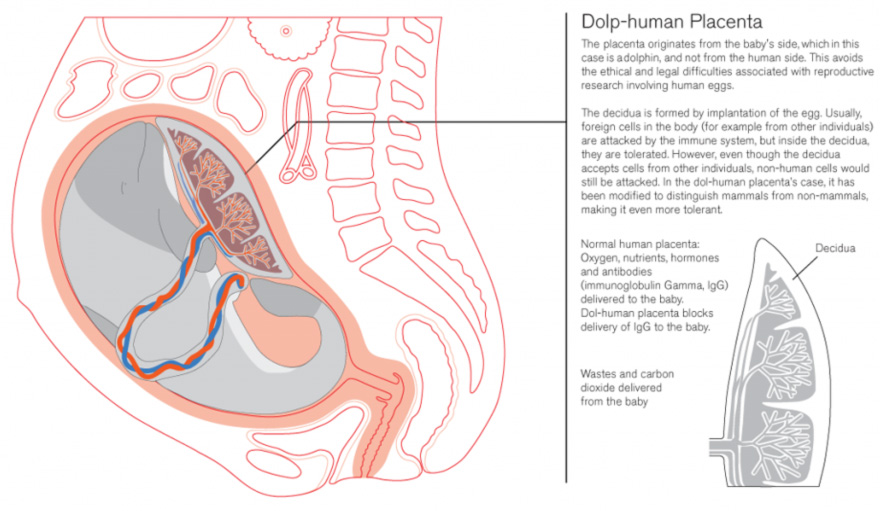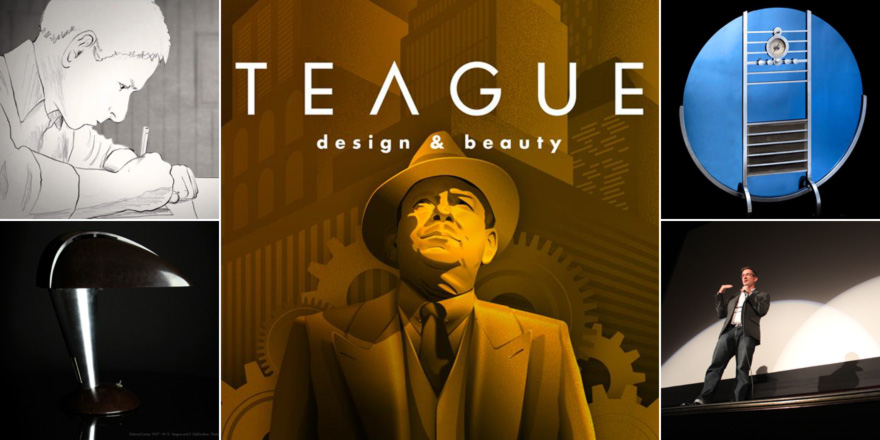![C77DA-WonB.jpg]()
![DARoundUps-SpecLead.jpg]()
While the Speculative category of the Core77 Design Awards has traditionally focused on design fiction, this year saw a much broader range of entries. From thought experiments to bleeding-edge technology to hypothetical gadgets, the 2014 honorees point to the design of the future as much as the future of design.
The jury, Led by Founding Director of SymbioticA Oron Catts, the jury team selected a total of 21 honorees for the Speculative category. Read on for more information on each of the projects:
![DARoundUps-Whereabouts.jpg]()
Student Winner: Whereabouts, by Jacob Brancasi and Betsy Kalven
Whereabouts challenges the misconception that design can only serve the developing world through the classic social impact tropes of natural resources, healthcare and infrastructure. The project brings a speculative mindset to Kampala, Uganda, through three objects: Clinque Din Low, Boad Whisper Helmet and the Hush Hush Headset. Art Center College of Design students Jacob Brancasi and Betsy Kalven wanted to help people cultivate a better awareness to the world around them, and this trio of wearables are what came from their research. "This project is stood out as demonstration that speculative design does not need to be highly technological in order to be successful," says the jury. "By using seemly simple tools as story telling devices the designer(s) were able to convey a multifaceted cultural situation. Posing three 'what if' questions, which seem initially as very specific, the project asks some fundamental questions about the role design and designers play when they come to 'fix problems'; In particular when design comes to, so called, developing countries. The project calls into attention the need to comprehend the complex context of operating within an intricate web of social, cultural and economic situations that are all too often neglected by design."
» Learn more about Whereabouts
![DA2014-Sp-dolphin.jpg]()
Professional Runner Up: I Wanna Deliver a Dolphin, by Ai Hasegawa
Ai Hasegawa's work, I Wanna Deliver a Dolphin, is exactly what it sounds like: a parable about cross-species gestation and its greater implications. The work addresses birth as a means to meet our demands for nutrition and outlines the technicalities of how feasible this idea really is. The jury applauded the project's "out there" response to a serious issue: "This project represents the power of speculative design to identify problems and intensify them through a well thought and delivered scenario. The project touches on the relationship of humans with other non-human animals. Its starting point is already of that of otherness, being asked from a non-western, non-male perspective. The questionable idea of giving birth to a non-human engendered animal as a way to deal with human overpopulation and non-human animal extinction is compounded with the proposition of actually eating that very same offspring."
» Learn more about I Wanna Deliver a Dolphin
![DARoundUps-ParasiticProducts.jpg]()
Professional Runner Up: Parasitic Products, by Studio PSK
Parasitic Products, designed by Studio PSK, offer a twist on biomimicry, transposing the parasite/host relationship to a series of digital radios that depend on another appliance for their power supply. Inspired by existing parasites—the gall wasp, the ichneumon wasp and thehookworm—each radio behaves as an electronic analog to its biological basis. The jury team appreciated the work's refreshing angle on combining nature and technology: "[The] Parasitic Products project proposes a fresh take on product design processes with an interesting perspective on the complex relation between technology and nature. The design of the produced prototypes is strong and articulated, and the underlying research is profound and well documented." Juror Robert Foster commented "I particularly liked parasitic products as like most good design, nature did it first."
» Learn more about Parasitic Products
![DA2014-Sp-HF.jpg]()
Professional Runner Up: Hyperform, by Marcelo Coelho and Skylar Tibbits
Frustrated by the volume constraints of desktop 3D printers, Hyperform allows users create designs that are bigger than the machine that produces them. Marcelo Coelho and Skylar Tibbits researched computational and material folding strategies that made it easier for the device to take on large print jobs. "I was also attracted to Hyperform as an idea as it could because it is like an old idea placed in a new realm," says Foster. "3D printing will become part of future life but one of its downfalls is size. The project was well researched and considered, I like ideas that are simple and yet can change the world for the better."
» Learn more about Hyperform
![DA2014-Sp-Cf.jpg]()
Student Runner Up: Conterfactual Story of a Sleepless Archipelago, by Faustine Lavorel
"What would happen if humans didn't need to sleep?" This simple question is the starting point for "Conterfactual Story of a Sleepless Archipelago," a design fiction brought to life through 3D elements such as drawings, diagrams, plans and other objects to tell the story of an isolated enclave in the Arctic Ocean whose inhabitants decided to stop sleeping in the 1960s. The work follows the society's progress and adaptations such as behavior, food intake, transportation and housing, among other things. "We were excited to see a speculative future driven not primarily by technological change, but by a something much more social and psychological. The goal of the project was to imagine a total world transformed by a different way of living. The designer's attention to detail, clear visual language and pure zaniness bring a fresh voice to the practice of design fiction."
» Learn more about Conterfactual Story of a Sleepless Archipelago
![DARoundUps-Interdependence.jpg]()
Student Runner Up: Declarations of Interdependence, by John Ryan
Art Center College of Design student John Ryan created a series of interactive prototypes that challenge the idea of individual and collective roles within digital media. The prototypes consist of a computer with a multi-user keyboard; a social media platform that's crowdsourced by your own social network; a website that can only be accessed when a certain number of users simultaneously connect from the same location; and a machine that monitors a group's behavior and visually represents the most dominant individual by using algorithms. The jury shares their thoughts: "The author ironically proposes possibilities for a new kind of individualism and modes of action through interventions with common computer interfaces, e.g. a computer that requires multiple users at the same time. The project questions the foundation of our contemporary construction of the self and the self-ownership, which are also the basis for the existing design ideals for technological artifacts and network infrastructures."
» Learn more about Declarations of Interdependence
(more...)![]()







 Need for Speed miniature edition; R/C cars ready to race.
Need for Speed miniature edition; R/C cars ready to race.



 Dana II displays a climbing pack for a slick, slightly '70s Cordura ad
Dana II displays a climbing pack for a slick, slightly '70s Cordura ad





















 Photos by Akseli Valmunen
Photos by Akseli Valmunen














 Jason Morris addressing the crowd
Jason Morris addressing the crowd














